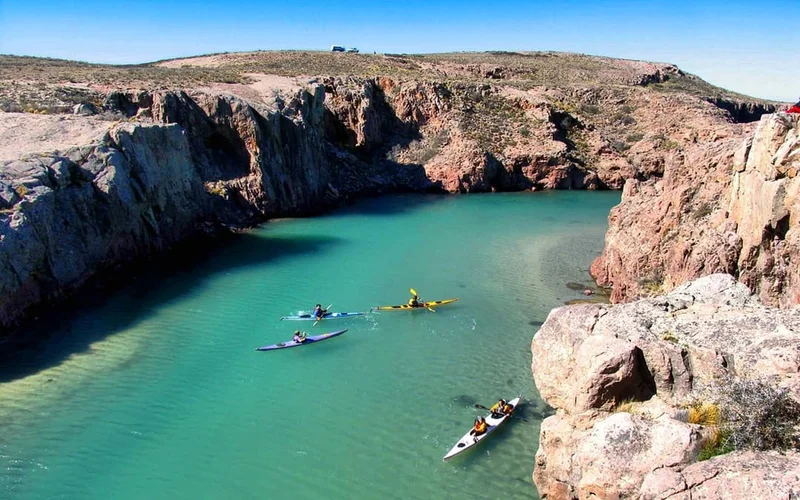Discovering the Mario Bros Museum: A Historical Treasure

Nestled in the charming town of Puerto Deseado in Santa Cruz, Argentina, the Mario Bros Museum stands as a testament to the region’s rich maritime history. The museum is dedicated to showcasing artifacts salvaged from the corbeta Swift, a ship that met its fate in the waters off the coast in the 18th century. With some items dating back over 200 years, this museum is truly a hidden gem that offers a unique glimpse into the past.
The corbeta Swift, which sank on February 12, 1770, was rediscovered in 1982 by a group of local young enthusiasts. Their efforts to reclaim artifacts from the depths of the sea have turned into a significant archaeological project, the only one of its kind in Argentina, supported by experts from the National Institute of Anthropology. As such, a visit to the Mario Bros Museum is not only an opportunity to explore history but also to engage with ongoing conservation efforts that breathe new life into long-lost treasures.
Inside the museum, visitors can wander through three distinct halls. The first showcases an impressive collection of ceramics, glassware, and other household items that were recovered from the seabed. Each piece tells a story, connecting visitors to the lives of those who lived centuries ago and highlighting the craftsmanship of historical artisans. Notably, the artifacts have been meticulously preserved, offering an authentic look into the past.
Among the standout exhibitions is the ‘Padre Molina Collection,’ which features various indigenous items and artifacts. These pieces, all meticulously documented, provide invaluable insights into the culture and practices of the region’s early inhabitants. Additionally, the museum has set aside space for a temporary exhibition, where ancient artifacts related to local history and culture can be displayed, encouraging ongoing community engagement.
The museum’s dedication to preserving history does not stop at the visual display of artifacts. Through workshops and educational programs, the Mario Bros Museum strives to age future generations on the importance of heritage conservation. Visitors are not only encouraged to appreciate the historical significance of the items on display but also to become active participants in preserving the history of Puerto Deseado.
The museum is inherently tied to the spirit of community and collaboration. It invites donations from locals and tourists alike, which contributes to its evolving collection. The immersive experience is further enhanced by knowledgeable staff who are passionate about sharing the history of the items and their relevance to Puerto Deseado’s maritime narrative.
For those planning a visit, Puerto Deseado is an emerging tourist destination with countless opportunities for exploration. The region is not only rich in history but also boasts a remarkable natural environment. Travelers can partake in guided tours, allowing for an intimate encounter with the stunning landscapes and diverse wildlife that define this area of Patagonia.
Arguably, one of the best times to visit is from mid-September to April when migratory species such as Magellanic penguins arrive, enhancing the already vibrant ecosystem. The opportunity to witness such natural phenomena adds an extra layer to the splendid experience at the Mario Bros Museum.
In conclusion, a trip to the Mario Bros Museum in Puerto Deseado offers a fascinating combination of history, culture, and nature. It invites visitors to delve into the maritime past of Argentina through carefully curated exhibits and community participation. This museum is not just about visiting a collection of artifacts; it’s about engaging with the stories they tell and the lives they once touched. We encourage you to consider this historical jewel during your travels, for it encapsulates what makes Argentine heritage truly special.
